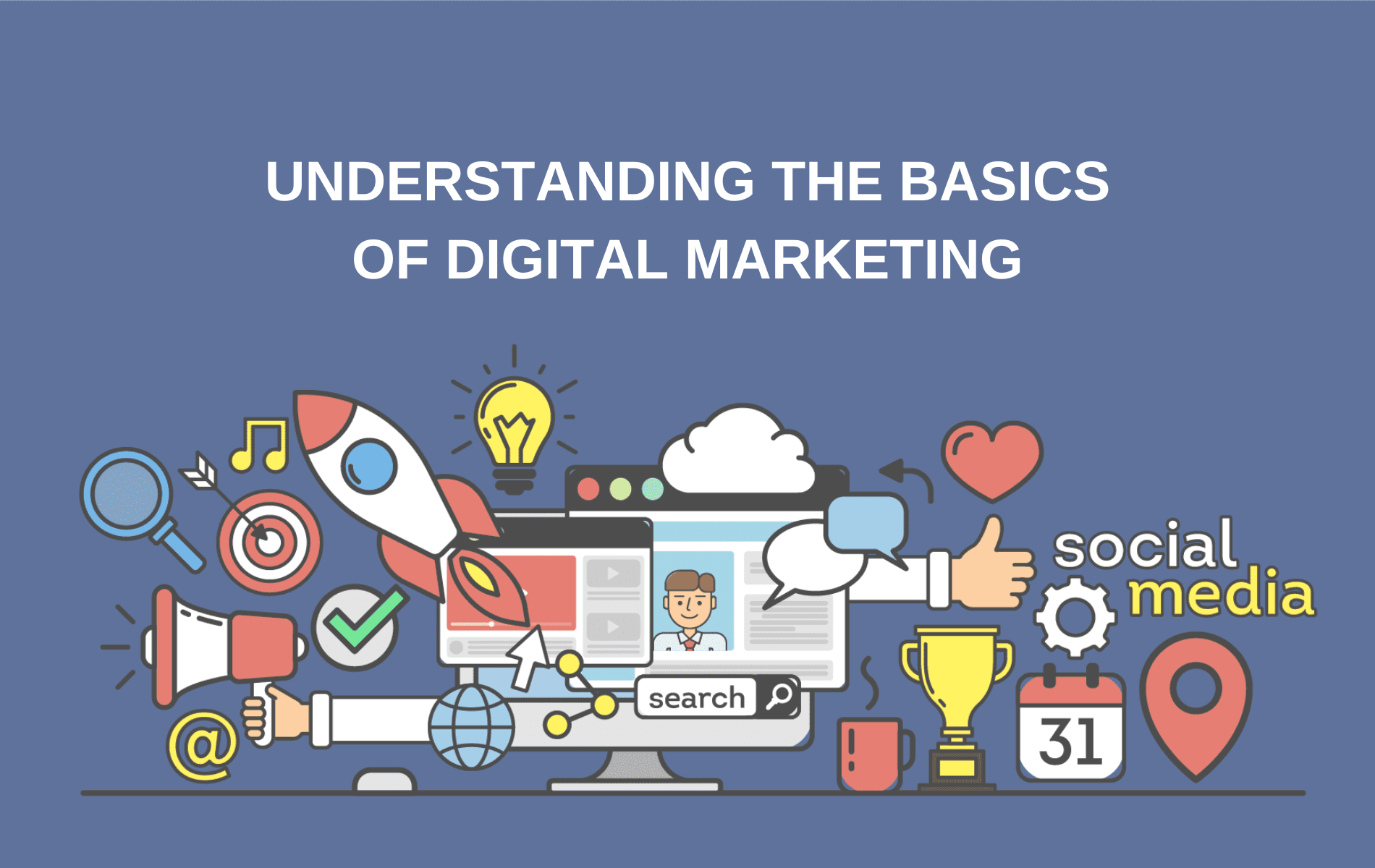Understanding the Basics of Digital Marketing: A Comprehensive Overview
Introduction:
In today’s interconnected world, digital marketing has become a must-have tool for firms seeking to reach and engage their target audience. Understanding the fundamentals of digital marketing is critical for the success of any business, given the growing popularity of online platforms and the shift in customer behavior. Your ability to successfully navigate the dynamic world of digital marketing will be greatly improved by this thorough understanding.
Website Optimization:
The foundation of any digital marketing strategy is a well-optimized website. It ought to be user-friendly, visually beautiful, and search engine optimized. By putting into practice efficient search engine optimization tactics, you may increase the visibility of your website in search engine results, which will increase organic traffic and your online presence.
Search Engine Marketing (SEM):
SEM is the paid placement of advertisements on search engines like Google Ads. Users looking for particular goods or services can see tailored adverts by placing bids on pertinent keywords. With this pay-per-click approach, you only pay when a user clicks on your advertisement, which makes it an affordable way to attract targeted visitors to your website.
Social Media Marketing (SMM):
Due to the billions of users who are active on social media platforms, SMM has emerged as a crucial aspect of digital marketing. Using social media platforms like Facebook, Instagram, Twitter, and LinkedIn, you can reach out to your target market, increase brand recognition, and encourage interaction through compelling content, paid advertising, and community management.
Content Marketing:
The core of digital marketing is content. In order to draw in and keep your target audience, content marketing entails producing and sharing worthwhile and pertinent material. In order to inform, engage, and connect with consumers, content forms like blog posts, infographics, videos, and e-books are frequently used. By offering insightful information, you can position your company as a reliable authority and increase conversions.
Email Marketing:
Email marketing enables you to interact with your audience in a direct way while fostering relationships and advertising your goods or services. Your success with digital marketing can be greatly impacted by developing an email list of interested subscribers and creating personalized, compelling email campaigns. To maximize your email marketing efforts, automate emails, segment your audience, and run A/B tests.
Influencer Marketing:
The influence of people who have a sizable following on social media platforms is used to promote products and services. You may tap into their audience and use their authority to promote your company by collaborating with influencers who are relevant to your industry or specialty. Genuine partnerships with influencers can broaden your audience, raise brand recognition, and boost sales.
Online Advertising:
Online advertising encompasses various formats, including display ads, video ads, and native ads. Through platforms like Google Ads, social media advertising, or programmatic advertising, you can target specific demographics, interests, and behaviors. Online advertising offers precise targeting options, real-time data tracking, and the flexibility to optimize campaigns for better results
Mobile Marketing:
Mobile devices have become an integral part of people’s lives, making mobile marketing essential. Optimizing your website for mobile devices, developing mobile apps, and leveraging mobile-specific ad campaigns enable you to reach users on the go. Location-based marketing and SMS marketing are additional tactics to engage mobile users effectively.
Analytics and Measurement:
Measuring the success of your digital marketing efforts is critical for continuous improvement. Tools like Google Analytics provide valuable insights into website traffic, user behavior, conversion rates, and other key performance indicators. By analyzing these data, you can make informed decisions, refine your strategies, and allocate resources effectively.
Conclusion:
Businesses wishing to engage with their target audience and achieve their marketing objectives can do so by using digital marketing, which provides a variety of chances to do so. Driving digital marketing initiatives requires an understanding of the fundamental types and tactics of digital marketing. Organizations may create a strong online presence and grow their business by utilizing the power of digital marketing and remaining current.







